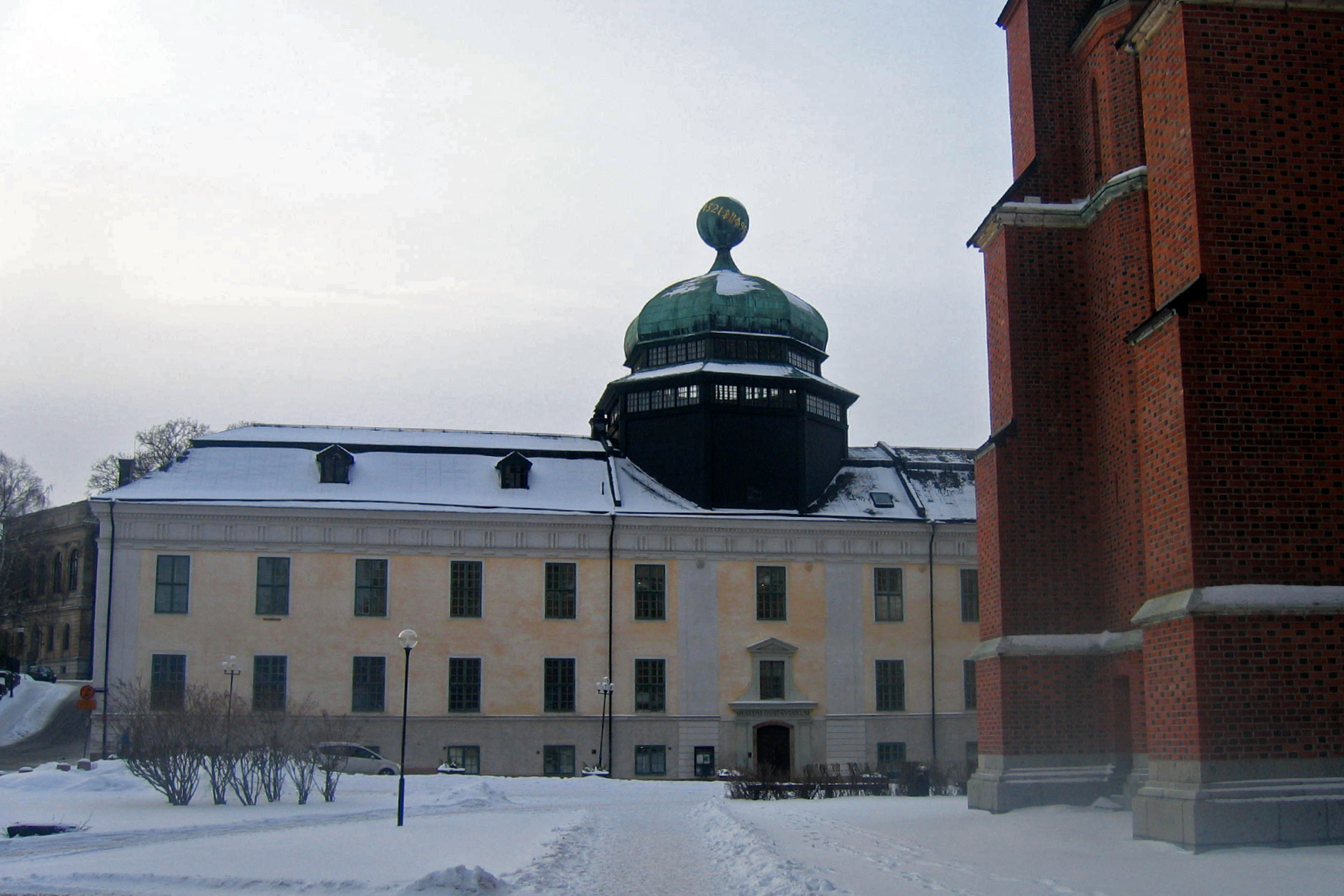Sámi group asks Swedish museum to return human remains held in archives
Uppsala’s Gustavianum is one of 11 museums known to hold disinterred Sámi skeletons.

A Sámi group in Uppsala, Sweden, is calling for the skeletal remains of 29 people disinterred in the 19th and early 20th centuries for use in scientific study to be removed from the archives of a museum and handed over for burial.
The six full skeletons and the 23 bones from various individuals are being stored at Gustavianum, a museum at Uppsala University. The remains were a part of the collection of the State Institute for Racial Biology, which between 1922 and 1959 was a center for the study of eugenics and genetics.
A part of the institute’s work involved studying Sámi remains disinterred in the 19th and early 20th centuries.
Eva Forsgren, the head of the Sámi Association of Uppsala, said the remains were collected without the consent of families or the Sámi community. And now, the association, together with the Sámi chapter of Amnesty International, would like the museum — and all Swedish institutions — to hand over any Sámi remains in their archives for reburial.
[Swedish Sámi assembly receives funding to document history of racism]
Uppsala University’s current guidelines, published in 2014, require human remains in its archives to be treated and stored ethically. And while the university’s position is that the remains should be available for scientific research, its policy is to consider all requests to hand over remains and make decisions based on “scientific, ethical and cultural” arguments.
The museum’s management says it is willing to work with Sámi organizations to facilitate the return of remains, but it says it must be requested to do so first, and that it must be able to identify someone to hand them over to.
Forsgren, however, said that because the disinterments took place with the consent of the Swedish state, it should be the responsibility of state institutions to ensure the remains are returned for proper burial.
“It’s unfair that descendants need to start the process, even though that does sometimes happen, of course,” Forsgren told local media.
[Sweden moves to update Sámi reindeer laws in the wake of a landmark land-rights decision]
In 2007, Sweden’s Sámi Parliament called for all skeletal remains be identified and returned after it was determined that an inventory of all human remains in Swedish museums two years prior had undercounted the number of Sámi remains.
According to the most recent count, undertaken in 2015, there were probably 15 full Sámi skeletons and 53 craniums held at 11 museums around the country at that time. That number has come down after the recent handovers, including a 2019 “repatriation” that is the largest to date, in which 25 craniums disinterred in the 1950s were returned to the cemetery in the town of Lycksele.
More recently, in October, Uppsala University handed over the cranium of an unidentified man who had never been buried. While a month before, 15 jaw bones belonging to individuals whose graves were moved in the 1960s in connection with expansion of a hydroelectric dam were reburied. After they were exhumed, the jaws were examined by a dentist but never reburied and they were eventually placed in a museum.